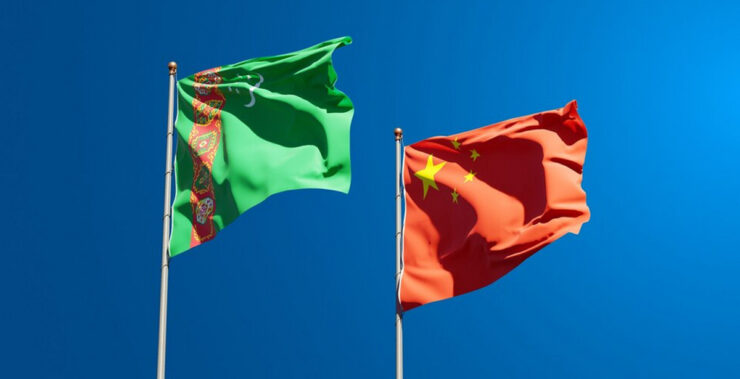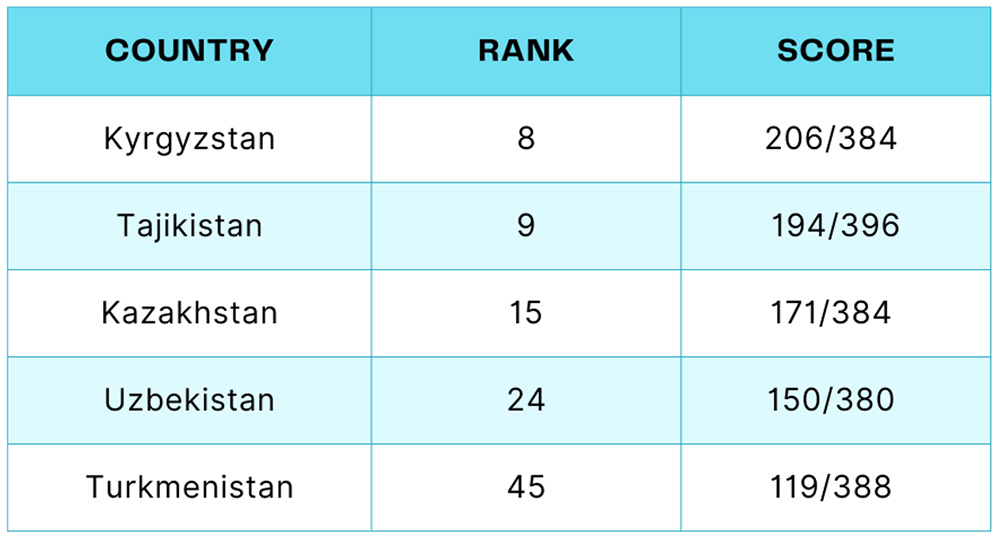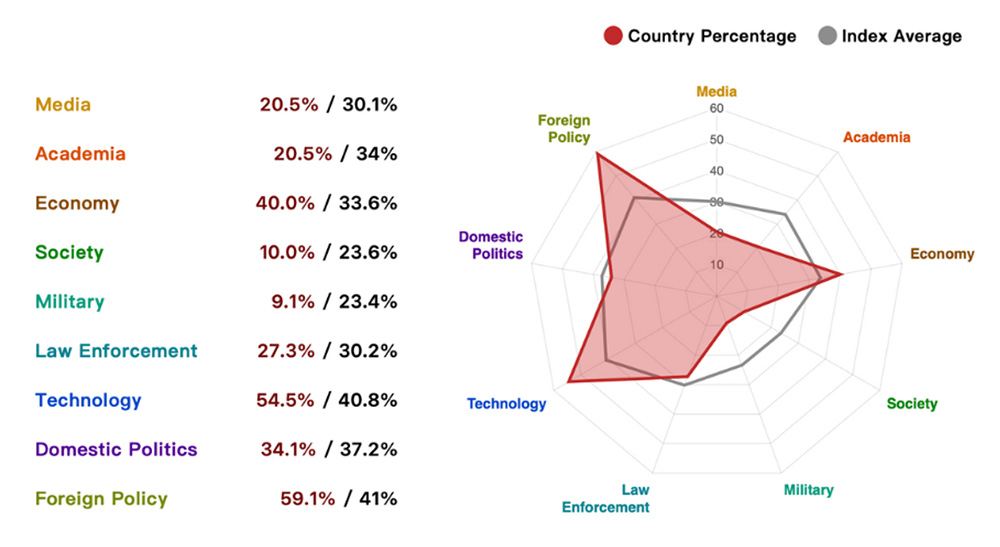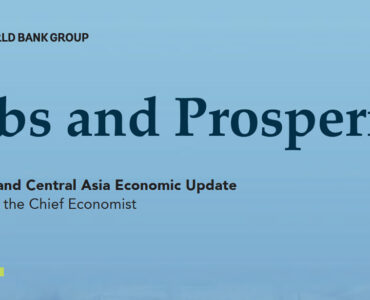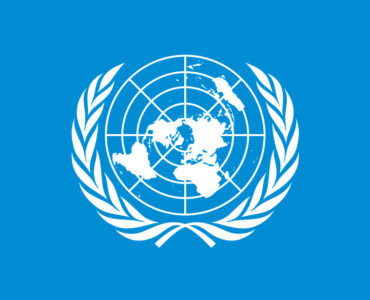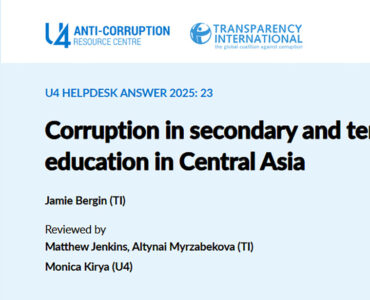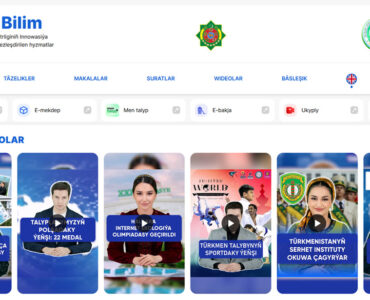Among Central Asian countries Turkmenistan is the least exposed to China’s influence. It ranks 45th among 82 countries with a score of 119 out of 388. China is Turkmenistan’s top trading partner and the main customer for its natural gas. Chinese telecom firms provide services and equipment to Turkmen government agencies, military, and security services along with the use of Chinese hardware, such as Huawei or ZTE technology, in 4G/5G networks and internet infrastructure.
The China Index, developed by Doublethink Lab, measures and visualizes the People’s Republic of China’s (PRC) influence worldwide, in 82 countries and across nine domains: academia, domestic politics, economy, foreign policy, law enforcement, media, military, society and technology. Each domain includes 11 indicators tracking specific observable influence patterns. Data from local experts is organized into three layers – Exposure, Pressure, and Effect – forming a causal chain that reflects how China’s influence unfolds in each country.
As of November 2022, Pakistan ranks highest in PRC influence, while Paraguay ranks lowest.
In Turkmenistan’s context, this index is relevant given its geopolitical position and economic dependency on China.
Figure 1. PRC’s overall influence in Central Asian countries
Source: China Index 2022.
Turkmenistan’s vulnerability to PRC influence is reflected by Exposure (36%), showing economic reliance and receiving benefits. Pressure (15%) assesses China’s direct or indirect actions to shape government’s behavior, such as economic threats to sway political decisions. Effect (26%) measures the degree of adjustments Turkmenistan makes in response to China’s influence. Domains with the highest PRC influence in Turkmenistan are the foreign policy, technology and economy.
Figure 2. Domain Scores for Turkmenistan
Donate to support Turkmen analysts, researchers and writers to produce factual, constructive and progressive content in their efforts to educate the public of Turkmenistan.
SUPPORT OUR WORKSource: China Index 2022.
Note: Percentage scores do not suggest some degree out of a “completely influenced” level of 100%. The percentages express the country’s score out of the total achievable amount based on the indicators for each domain.
The Foreign Policy Domain assesses how China seeks to build diplomatic influence in Turkmenistan. For instance, Turkmenistan’s legislature has a parliamentary friendship group with China, and PRC institutions, such as the Chinese Academy of Governance and the Central Party School of the Chinese Communist Party, provide training for Turkmen diplomats and civil servants on governance topics.
The Technology Domain looks at how PRC entities influence Turkmenistan’s tech sector. This includes PRC telecom firms (like China Mobile, China Unicom, and China Telecom) providing services and equipment to Turkmen government agencies, military, and security services, along with the use of PRC-developed hardware, such as Huawei or ZTE technology, in 4G/5G networks and internet infrastructure. Turkmenistan’s government has also collaborated with China on integrating the BeiDou satellite navigation system and on biometric tech for applications like facial and voice recognition and on creating “smart city” systems.
The Economy Domain examines China’s economic influence in Turkmenistan, focusing on how China’s leverage shapes policy or business decisions in its favor. China is Turkmenistan’s top trading partner and its main customer for resources like natural gas. PRC-connected companies control critical infrastructure, such as energy plants or digital data centers, and Turkmenistan has faced economic pressure, like targeted trade restrictions, on products highly reliant on the Chinese market.
Understanding China’s influence on Turkmenistan, particularly in areas such as the foreign policy, technology and economy (e.g., energy deals), is essential in shaping its autonomy and development policies.

